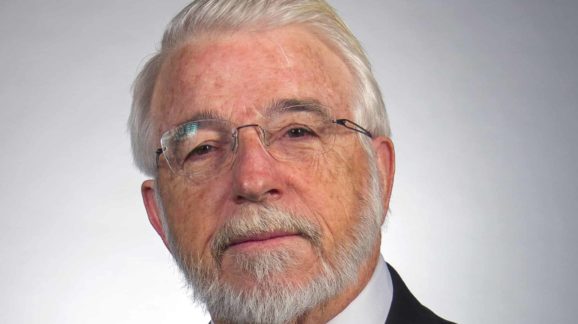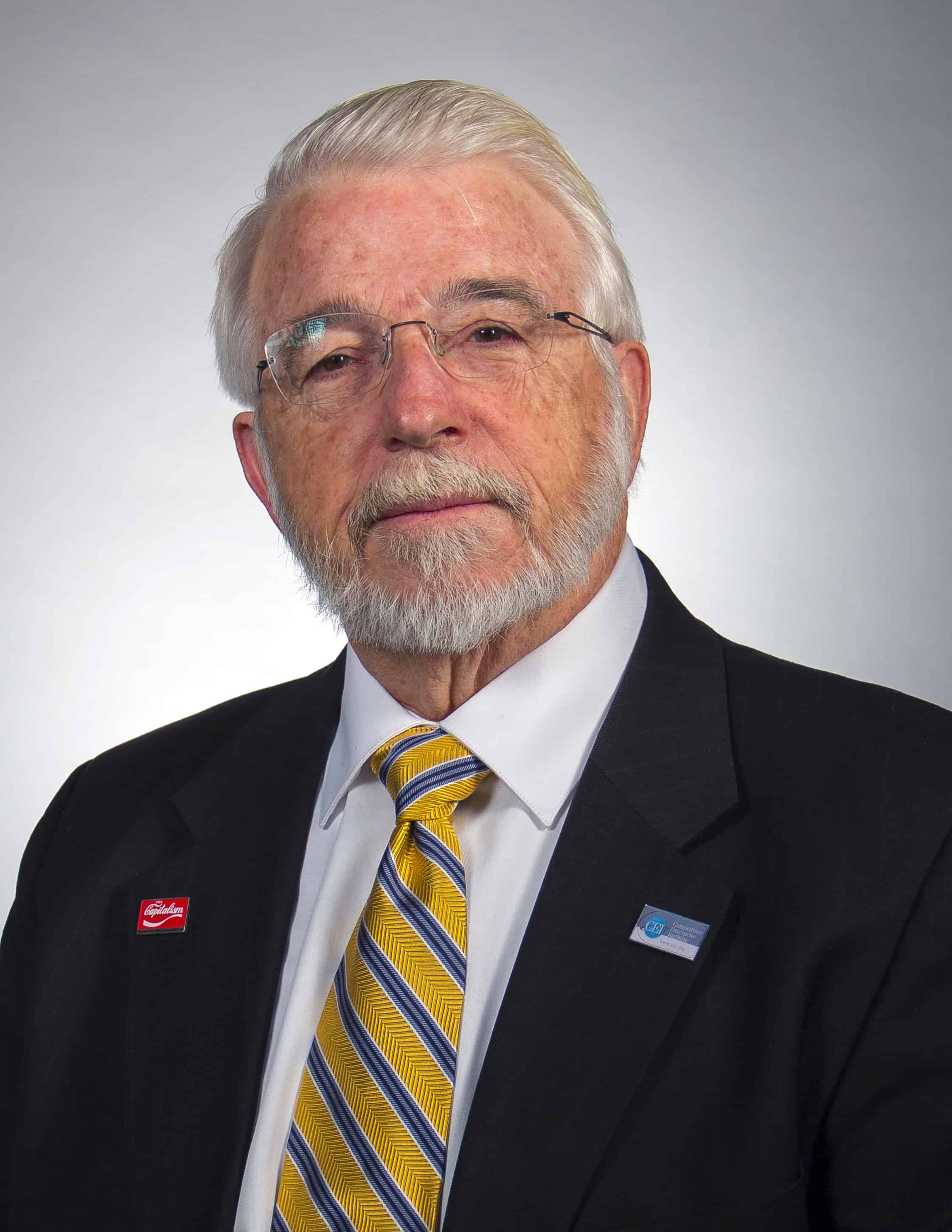Remembering Elinor Ostrom

 Among the individuals with whom I wish I could have greater opportunities to exchange ideas is Elinor Ostrom. She passed away today, and now I must pursue that conversation indirectly — via her writings, her colleagues, and my recollections of those few conversations I did have the opportunity to enjoy.
Among the individuals with whom I wish I could have greater opportunities to exchange ideas is Elinor Ostrom. She passed away today, and now I must pursue that conversation indirectly — via her writings, her colleagues, and my recollections of those few conversations I did have the opportunity to enjoy.
Her work — for which she received the Nobel Prize in Economics – dealt with the way in which cultural enclaves often evolved institutional and technological solutions to resource management. And, not surprisingly, ideologues of various sorts claimed her work validated their world view.
Communitarians saw her work as “proving” that the classical liberal institutional view of private property, based on a formal rule of law, was not essential to ensure efficient allocation of resources. All one needed, they claimed, was to return to the common property world of yesteryear. Conservative agrarians also found much support from her research for their perspective. And, indeed, her work could be read that way – but it didn’t have to be.
Classical liberals, myself included, viewed her work far differently — as evidence that the core institutions of a liberal world had developed (in embryonic form) much earlier than first thought. They were not imposed from above, but rather evolved as man began the long path toward modernity.
Moreover, some of her work did touch upon modern property rights — illustrating how commons could evolve into properties that could be restricted by use, by time, and in other ways that moved toward the formal property rights of today, ultimately meeting my friend Rick Stroup’s 3-D definition of property — definable, defensible, and divestible.
CEI’s Center for Private Conservation benefited greatly from some her insights. Once, she and Vincent, her husband, visited CEI and gave an impromptu seminar.
One question that I wished I’d pursued further with her concerns the transition from tribal common property management regimes to the modern private property regimes of today. Under what conditions do such transitions occur? What leads groups to accept a shift of this sort and what advantages (and penalties) does it create?
My own thoughts are that culturally enforced resource management rules can often be very creative and efficient — still, they rely on the culture being closed to outside transactions with others not sharing these cultural values. In a global mobile society, this suggests such closed systems are not likely to survive. However, unless the conditions for the transition to the modern formal rules have arrived, the situation can actually worsen. Fisheries, tropical forests, wildlife — all illustrate how the Tragedy of the Commons re-emerges when the old order collapses without anything to take its place.
Thus, CEI’s interest in pursuing the question: How can one assist isolated tribal enclaves to join an open world economy — when that shift is wise? The question is relevant in many areas of policy: how to better allocate the electromagnetic spectrum, offshore fisheries, surface waters, and myriad other areas where property rights remain somewhere between the cultural controls Ostrom explored and those favored by classical liberals.
The right to trade a resource that is often restricted to one class of users (agricultural uses of water, for example) might be extended to urban or industrial users, but that liberalization threatens existing arrangements and requires some trust that the new rules will be at least as effective. The very slow evolution of such liberalized trading policies suggests how little we understand social change. Ostrom had much to say about all this, and left us a rich legacy on which to ponder.